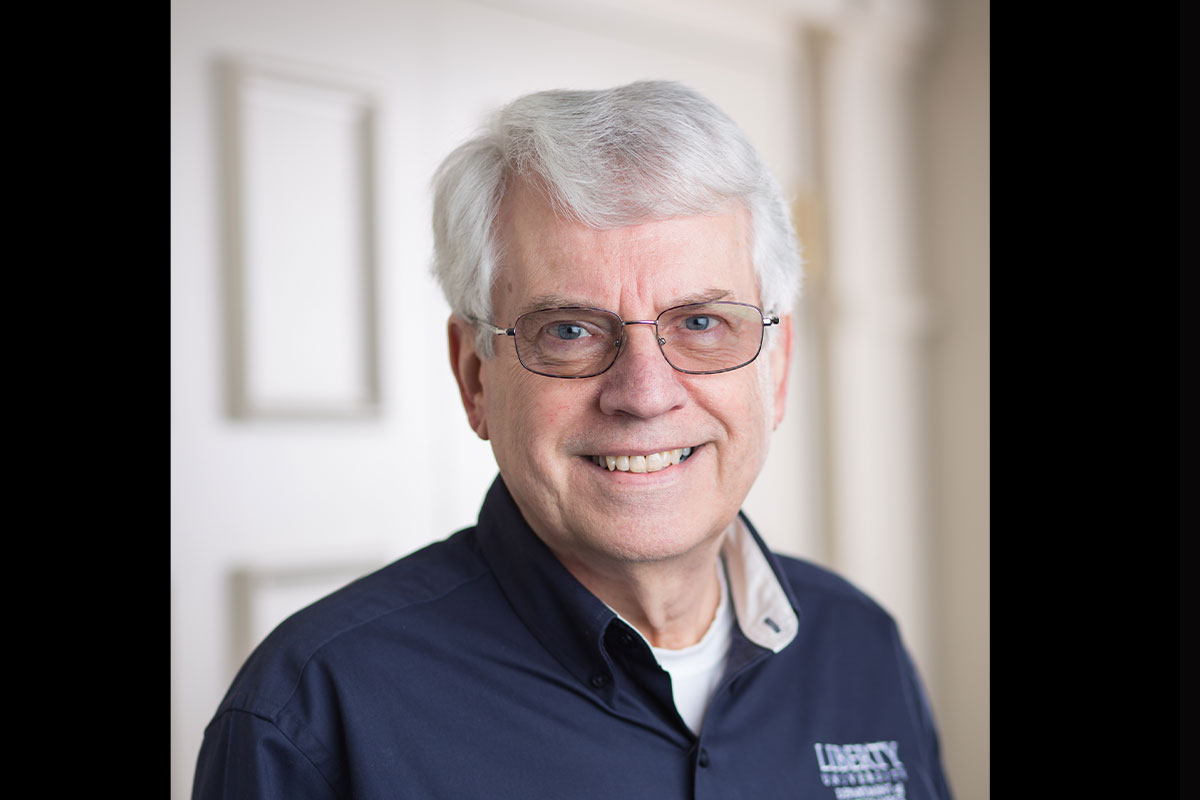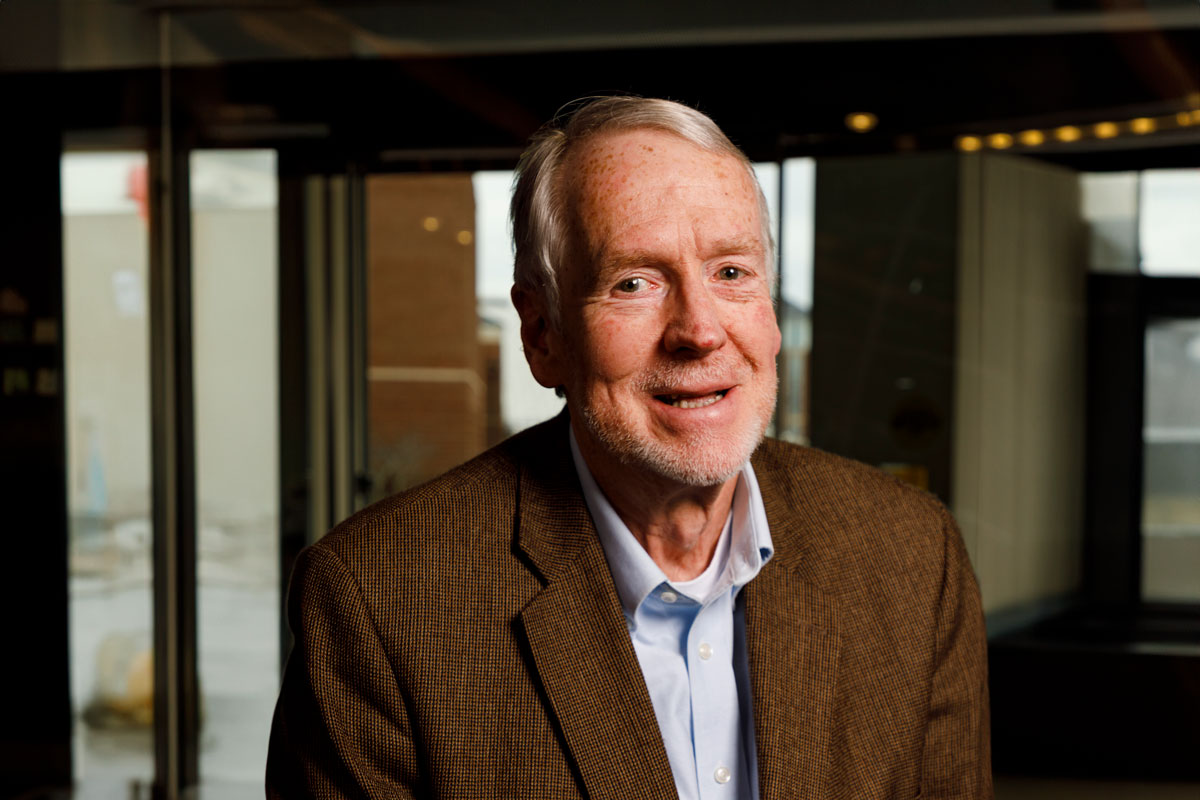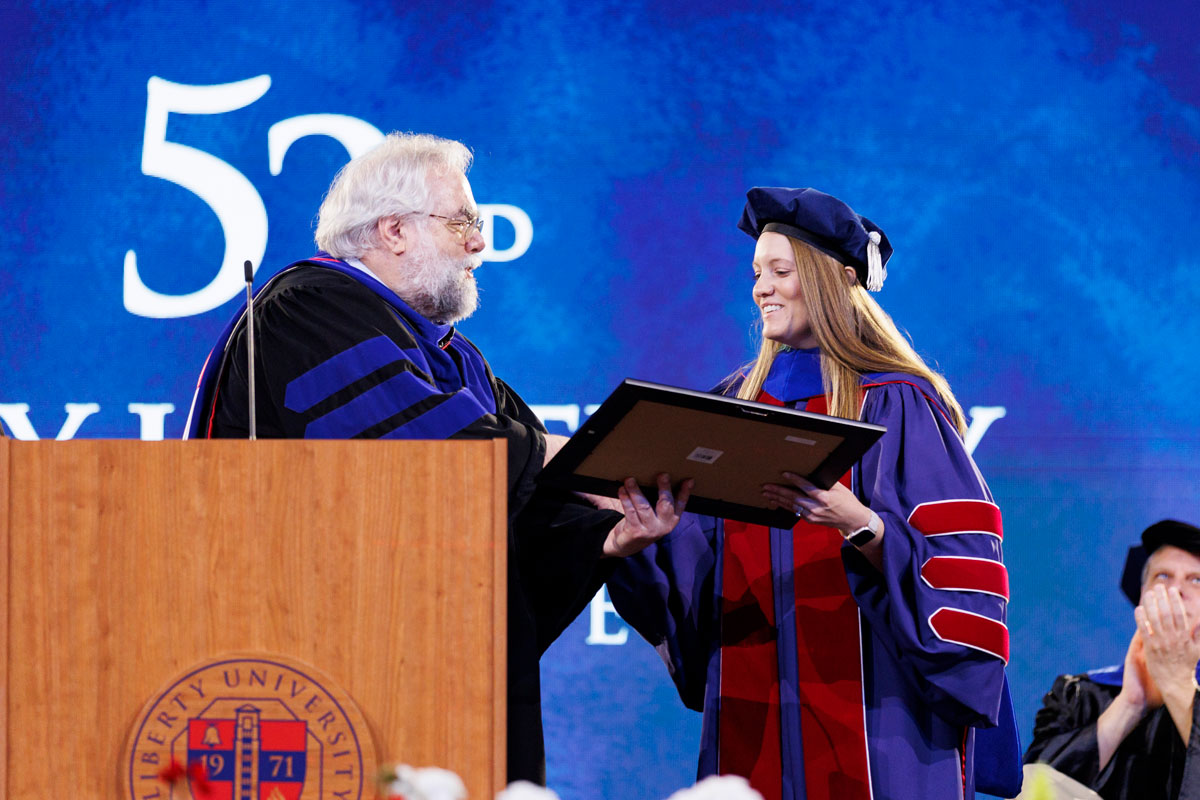Search News Archives
Filter News Articles
Additional Navigation
Engineering dean contributes to nationally recognized article on methods for future manufacturing on moon, Mars
March 24, 2020 : By Office of Communications & Public Engagement
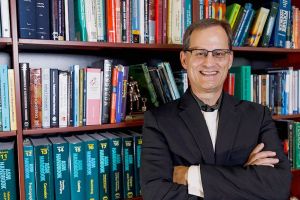
A manuscript written by Liberty University Dean of the School of Engineering Dr. Mark Horstemeyer and a team of researchers has been chosen as a 2019 Editor’s Choice article by the Journal of Materials Engineering and Performance, a leading professional publication for engineering.
“Investigation on Microsegregation of IN718 Alloy During Additive Manufacturing via Integrated Phase-Field and Finite-Element Modeling” was chosen as one of the year’s outstanding research documents. The article describes the process of using two modeling techniques to simulate how the liquid form of the nickel-based alloy Inconel 718 (IN718) is turned into a solid.
Horstemeyer said the team was recognized primarily for overcoming the numerical and computational difficulties of creating a set of equations that illustrates the process.
The research has implications in the area of additive manufacturing, also known as 3D printing, where layers of materials can be joined together to form objects. It is an alternative to traditional manufacturing, which involves removing excess materials through the process of milling, carving, or other subtractive measures.
He said the process has applications beyond the manufacturing of products and structures here on Earth and as additive manufacturing becomes more prevalent, it is important to understand the materials being used in the process — at Liberty, around the world, and beyond.
“This manufacturing system is going to be used on the moon, and from the moon to Mars in the Artemis program, when there could be a city built on the moon,” Horstemeyer said. “Scientists will use this process to take Regolith (moon material) and turn it into materials they will use to make the buildings and structures.”
While the research team only modeled the processes of solidifying the IN718 alloy, Horstemeyer said Liberty has the ability to bring the simulation into practice.
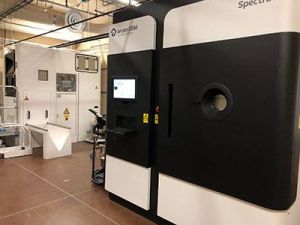
The GE ARCAM, pictured at Liberty’s Center for Engineering and Education (CERE), aids in the additive manufacturing process.
“At Liberty’s Center for Engineering Research and Education (CERE), we have a GE ARCAM machine that can take IN718, in its powdered state, and use a high-rate electron beam to turn it into a liquid metal that is then solidified into a shape,” Horstemeyer said.
He said there is a biblical basis for the process, too, referring to the solidification processes that occurred during the third day of Creation and during the Great Flood as recorded in Genesis.
“By understanding the science and engineering of how to simulate real problems, researchers are able to apply their findings to real events and gain a more realistic understanding of what happened back then,” he explained.
Joining Horstemeyer on the team was Xiao Wang, Lei Chen, and Yucheng Liu from Mississippi State University, Pengwei Liu from Hunan University, and Yanzhou Ji from Pennsylvania State University.
